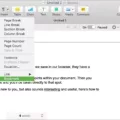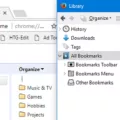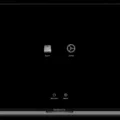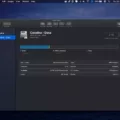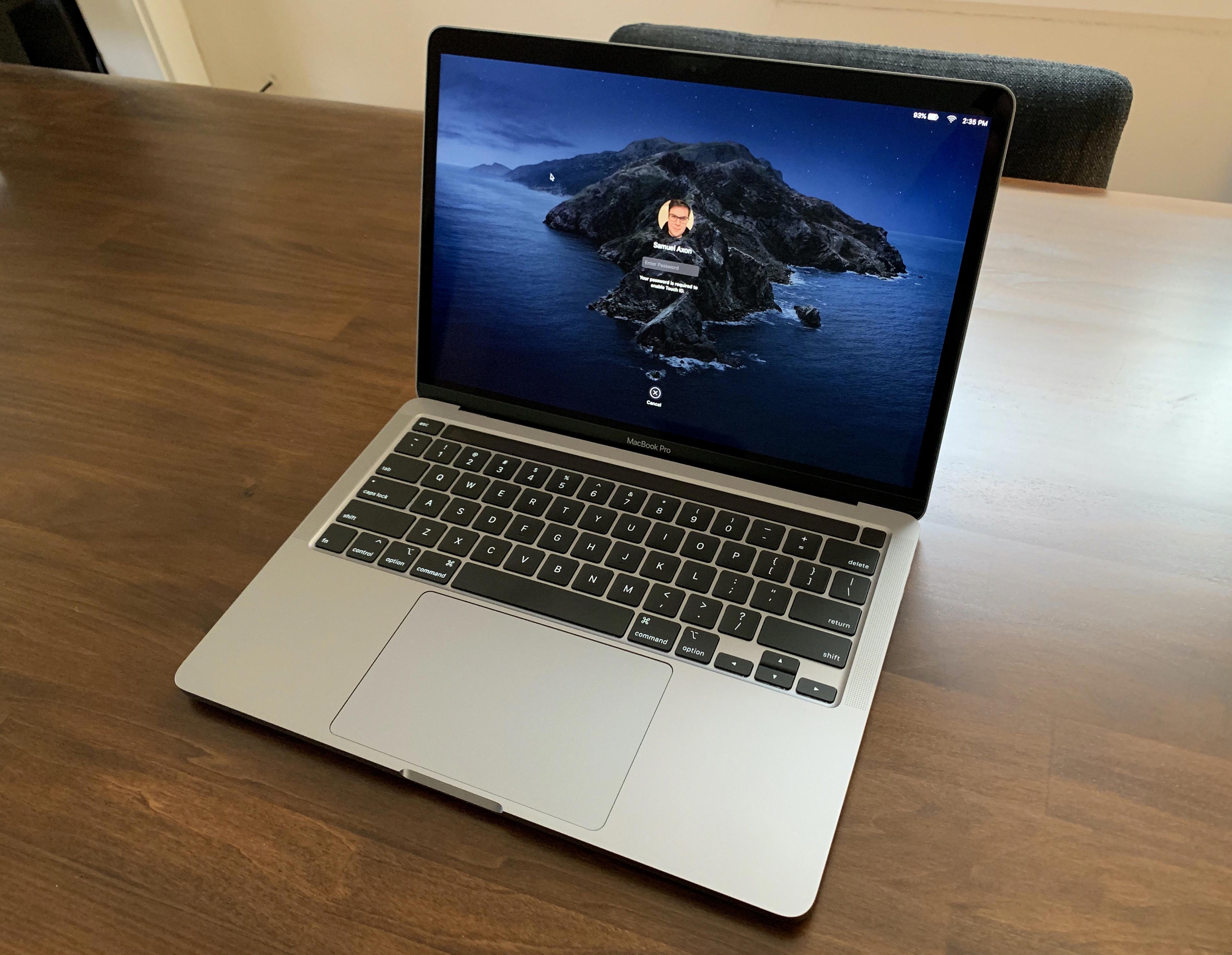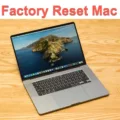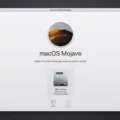If you’re having trouble getting your iMac to boot from a USB drive, don’t worry – it’s a problem that many Mac users face. Luckily, with a few simple steps, you can get your iMac up and running in no time.
First, make sure that your USB flash drive is bootable and formatted correctly. Most USB drives are formatted as FAT32, which is compatible with both Windows and Mac systems. If your drive isn’t FAT32, you’ll need to reformat it using the Disk Utility app on your Mac.
Once you’ve made sure that your USB drive is bootable and formatted correctly, plug it into one of the available USB ports on your iMac. Then power on or restart your computer (if it’s already on). As soon as you hear the startup chime, press and hold the Option key to access OS X’s, Startup Manager. From there, select the option to enable booting from an external drive such as a USB flash drive.
If this doesn’t work, try accessing Recovery Mode by pressing Command-R while turning on or restarting the computer. This will bring up the Startup Security Utility where you can check the box for enabling booting from an external drive. Once enabled, restart by holding down the Option key as usual and now you should be able to select the drive and boot from it.
Finally, if even this fails to work for some reason, try booting in UEFI mode. To do this, make sure that your USB flash drive is formatted in FAT32 if your computer supports UEFI and you are attempting to install Windows in UEFI mode – NTFS won’t work here! After formatting in FAT32 (if necessary), restart holding down Command-R to access Recovery Mode again and select Startup Security Utility before rebooting with Option held down as usual.
We hope these steps have helped you get your iMac booted up from a USB flash drive without any issues!
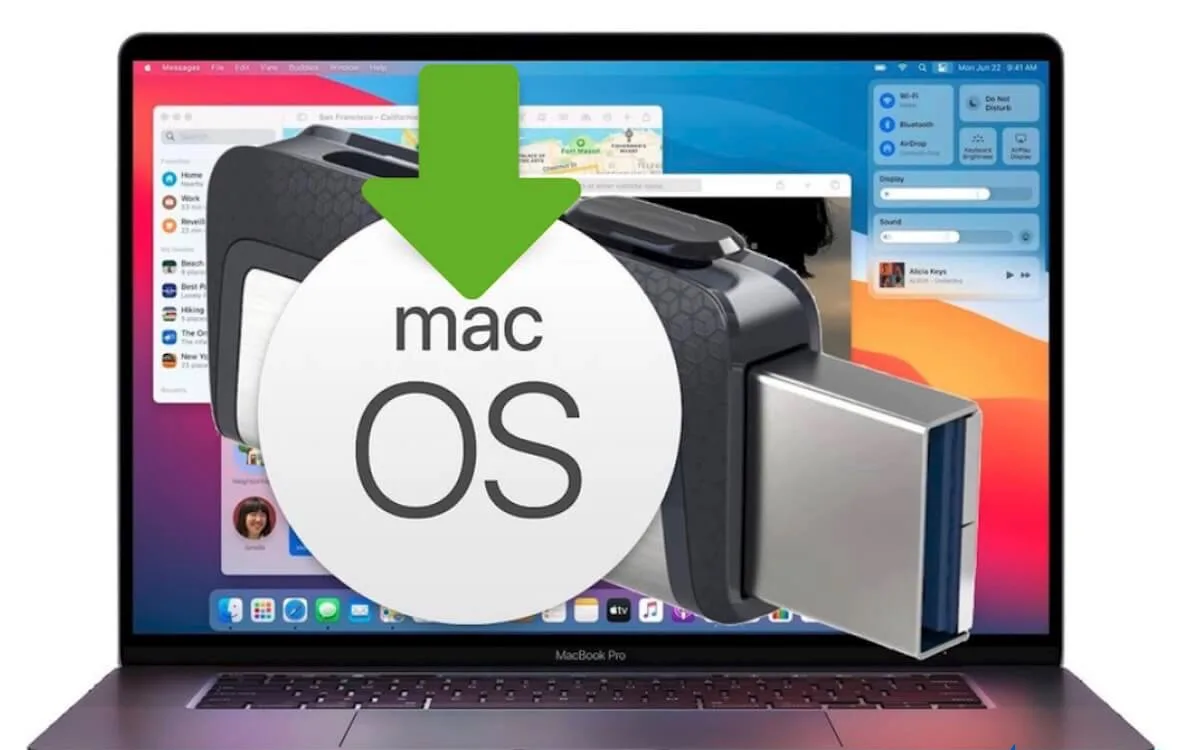
Forcing a Mac to Boot From a USB
To force your Mac to boot from USB, you need to access the Startup Manager. To do this, insert the USB boot media into an open USB slot and press the power button to turn on your Mac (or restart it if it’s already on). When you hear the startup chime, press and hold the Option key. This will give you access to OS X’s Startup Manager, which will allow you to select the USB drive as your startup drive. Select it using either your mouse or arrow keys, then press Enter or Return on your keyboard. Your Mac will now boot from USB.
Troubleshooting Macs That Will Not Boot From an External Drive
There are a few different reasons why your Mac may not be booting from an external drive. Firstly, you need to make sure that your Mac is set up to boot from an external drive. To do this, start your Mac from Recovery mode by holding down Command-R, then select Startup Security Utility and check the box for enabling external drives as a startup disk.
If the option to boot from an external drive is enabled but your Mac still won’t boot, it may be because of a problem with the external drive itself. If this is the case, try using Disk Utility to verify and repair any issues with the external drive. You can also try using a different cable or port on your Mac if you’re connecting the drive via USB.
Another possible reason could be that the version of macOS on your external drive isn’t compatible with your Mac. Check that you have the correct version installed before trying again.
Lastly, there could be a problem with your Mac’s internal hardware which prevents it from recognizing the external drive. In this case, you may need to take it in for repair or seek further assistance.
Troubleshooting a Non-Booting Bootable USB
A bootable USB may not be booting for a variety of reasons. One common cause is that the USB drive is not formatted in the FAT32 file system if your computer supports UEFI and you are attempting to install Windows in UEFI mode. Another potential cause is that the BIOS/UEFI settings need to be changed to allow booting from USB. In some cases, the USB drive itself may malfunctioning or be corrupted and will need to be replaced. It’s also possible that the files on the USB drive are not correctly configured for booting, such as an improper installation of Windows or incorrect ISO files for a Linux distribution. Finally, some computers require additional steps to allow them to boot from USB, such as disabling Secure Boot in UEFI settings. If you have tried all of these solutions and still cannot get your computer to recognize your bootable USB drive, you should consult with a certified computer technician for further assistance.
Forcing a USB Drive to Boot
To force a USB drive to boot, you first need to make sure that your USB flash drive is bootable. To do this, you can use a utility such as Rufus or UNetbootin to create a bootable USB drive with an operating system of your choice. Once the USB flash drive is properly prepared, plug it into any available USB port on your computer and power it on (or restart it if it is already on). As soon as the BIOS/UEFI screen appears, access the Boot Menu by pressing the appropriate key(s) for your system and selecting the USB drive from the list of available boot devices. With this step completed, your computer should then automatically boot from the USB drive.
Resetting a Mac That Will Not Boot
If your Mac isn’t booting, you can try resetting it. Here are the steps:
1. Disconnect all peripheral devices that are connected to your Mac, including external hard drives, monitors, and printers.
2. Shut down your Mac by pressing and holding the power button for about 10 seconds (or press and hold Touch ID if your Mac has one).
3. After the shutdown is complete, press and release the power button normally to turn it back on.
4. Immediately after turning on your Mac, press and hold the Command (?) + R keys together until you see an Apple logo or a spinning globe appear. This will start up macOS Recovery mode.
5. From the macOS Utilities window that appears, select Disk Utility from the list of options available.
6. Select your startup disk from the left side menu in Disk Utility, then click on First Aid at the top of the window to check and repair any issues with it. If there are any errors detected, click Run to repair them before proceeding further.
7. When finished with First Aid, close Disk Utility and select Reinstall macOS from the macOS Utilities window to reinstall a fresh copy of macOS on your Mac’s startup drive without erasing your data if necessary (this process may take some time).
8 After the reinstallation is complete, restart your computer normally to finish resetting it.
Manually Booting a Mac
To manually boot your Mac, press and hold the power button on your computer until it shuts off. After a few moments, press the power button again to start up your Mac. Note that doing this may cause you to lose any unsaved changes in open documents.
Fixing the No Bootable Device Error with a USB Drive
Fixing a “No Bootable Device” error with a USB can be done in a few simple steps. First, ensure that the USB is properly connected to your computer, and that it has a bootable operating system installed on it. Then, reboot your computer and enter the BIOS/UEFI setup. Once there, change the boot order of your devices so that the boot priority is given to the USB drive. After saving these changes, your computer should now recognize the USB as a bootable device and allow you to access its contents. If this fails to resolve the issue, try resetting your primary partition with Partition Wizard or similar partitioning software. Finally, if all else fails you may need to repair or recover any deleted boot partitions with professional data recovery software.
Booting a USB Drive in UEFI Mode
In order to boot from a USB drive in UEFI mode, you will first need to enter the BIOS or UEFI settings menu. This is usually done by pressing a specific key as your computer is starting up – for example, it could be F1, F2, Delete, Esc, or one of the function keys (F11 or F12). Once you are in the BIOS/UEFI menu, look for an option called “Boot Device Priority” or “Boot Order” and select it. This will display a list of the devices that you can boot from. Select the USB drive from this list and make sure that its priority is above any other device. Finally, save your changes and exit the BIOS/UEFI menu. Your computer should now boot from the USB drive in UEFI mode.

